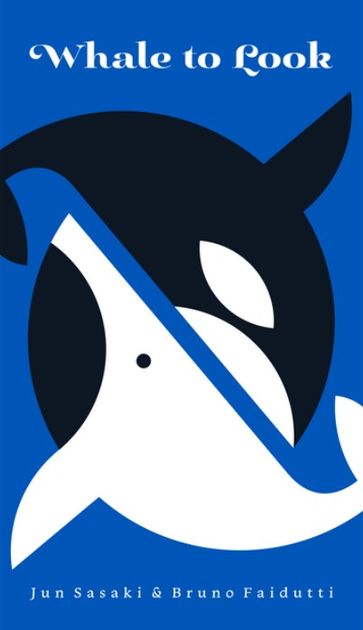SMOOSH JUICE
Jun Sasaki and Bruno Faidutti on Whale To Look | BoardGameGeek News

A Whale of a Game
Question: Can you tell us about the development of Whale To Look?
Jun Sasaki: Whale To Look was released in May 2023 at Game Market. This game was co-designed by myself, Jun Sasaki, and the renowned French game designer Bruno Faidutti, known for titles such as Citadels, Mascarade, and Incan Gold.
Q: What is the premise of the game?
Jun: The bay is home to enormous whales and orcas, making it a prime destination for whale watching. Tour companies compete to position their boats in the best locations, but the whales are playful, appearing and disappearing unpredictably. As a tour operator, you must decide where to send your boat, but hesitation can cost you as rivals claim the best spots. When your own research isn’t enough, you might need to rely on observing your competitors. It’s a game of deduction and calculated risk on the open sea.
Q: What makes this game special?
Jun: This game brings together two designers with distinct styles, blending strategic deduction with elements of luck and social interaction. The game’s mechanisms force players to analyze limited information and make quick, tactical choices.
From Prototype to Finished Product
Q: What was the inspiration behind the game?
Bruno: I have always been fascinated by games in which players make bets based on partial information while trying to predict their opponents’ moves. My best-known game, Citadels, has a similar core idea — guessing which character an opponent has chosen. In Whale To Look, players don’t see everything at once but can make informed bets based on others’ actions. I wanted to create a game that retains this strategic tension while being more lighthearted and accessible.
Q: How did the game evolve during development?
Jun: The original concept Bruno pitched was called “Plus Minus 13 14 15”, which had an abstract mathematical theme. It was a solid betting game, but we wanted something with more charm and a richer theme. We transitioned from numbers to whale watching, which felt more immersive and intuitive.
The biggest change was making the game more interactive. The original prototype had players revealing information progressively, but we wanted more real-time engagement. We focused on keeping the deduction element, while making players more aware of what others were doing at all times.
Q: Were there any challenges during development?
Bruno: The biggest challenge was balancing how much information players should have access to. My original version had players making bets based on columns and rows, but Jun suggested making it a more organic map-based system. That change made the game more thematic and allowed for richer interactions.
Jun: Another challenge was deciding how much risk should be involved. We tried different mechanisms: Should players be able to move their boats? Should there be a penalty for guessing wrong? We tested many variations before landing on the current system where strategic placement matters, but there’s still an element of surprise.
Refining the Experience
Q: How did the Oink Games version differ from the prototype?
Jun: We made several key refinements:
—–• Switched from abstract numbers to a whale-watching theme.
—–• Introduced a dynamic board layout where whales appear unpredictably.
—–• Adjusted movement mechanisms to allow for repositioning of boats after initial bets.
—–• Balanced the scoring system to reward both early and late decisions.
Q: Why the name Whale To Look?
Jun: It was a fun wordplay in both Japanese and English. In Japanese, “Orca” (オルカ) sounds like “Is it there?” (居るか?), and in English, we played with “Whale” and “Where to look”. It was a spontaneous idea that stuck.
Bruno: I loved the English title immediately. It captures both the theme and the deduction element of the game perfectly.
Final Thoughts
Q: What do you hope players experience when playing Whale To Look?
Bruno: I want players to feel the thrill of deduction — figuring out where to place their boats based on limited information and subtle cues from other players.
Jun: I want players to enjoy the mix of strategy and fun moments. Watching the whales appear where you least expect them keeps the game exciting every time.
Q: Any future projects in the works?
Bruno: I’m always working on new ideas! I’d love to collaborate with Oink Games again. [Editor’s note: He is. —WEM]
Jun: I want to keep making games that bring personal experiences to life. Whale To Look captures the excitement of whale watching, and I hope to explore more themes like this in the future.

/pic7837610.jpg)
/pic8815639.jpg)
/pic7523204.jpg)
/pic7523205.jpg)